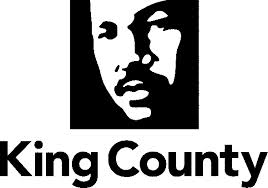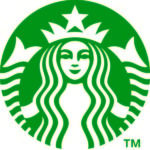
Case Study: Delridge Neighborhoods Development Center
Case Study: Delridge Neighborhoods Development Association & Youngstown Cultural Arts Center
Founded: 1998
Headquartered: 4408 Delridge Way SW, Seattle, WA 98106
Program Locations: Delridge
2016 Operating Expenses: $1.16m
Delridge, quips David Bestock, the Executive Director of the Delridge Neighborhoods Development Association (DNDA), was the “flyover zone of West Seattle.” Boxed in by arterials and the Duwamish River, it is easy to see how the neighborhood was overlooked by people flowing over the West Seattle Bridge. It was this history that partly led to the beginnings of DNDA as the City of Seattle sought to develop more affordable housing during the boom of the 1990s and found that this pocket in the south had a large proportion of vacant land and a large re-development opportunity in the Old Cooper School.
Built in 1917, the Old Cooper School on Delridge Way is a classic brick school house in the American Renaissance style that had mainly been used for storage since Seattle Public Schools ended operations there. The 1999 Delridge Neighborhood Plan singled out the community landmark for potential new public uses involving art and affordable housing.25 With that, DNDA’s $12 million transformation of the Old Cooper School into the Youngstown Cultural Arts Center began. When the Youngstown doors were re-opened in 2006, Delridge gained 36 live/work spaces for low-income artists, movement and dance studios, offices for non-profit organizations, and a 150-seat performance theater. In other words, it gained a community anchor point. Now, over 45,000 visitors come through Youngstown’s doors each year to create something, have an experience, and connect with neighbors.
Social Impact: Bringing arts, nature, & neighborhood under one roof
Though a traditional rectangular school building on the outside, the interior walls of the Youngstown Cultural Arts Center are alive with artwork and flyers for community events, and music from rehearsals and performances often reverberating. The juxtaposition is in some ways embodied in the Interagency Academy, a tenant serving some of Seattle’s most vulnerable students with a last-chance high school education. Many Interagency students who have not succeeded in traditional settings come because if they show up, they may be able to drop by resident non-profit Totem Star’s recording studio after school or help put on a community food-justice dinner with FEEST (Food Empowerment Education and Sustainability Team). The opportunity to create and connect is an incredibly powerful draw for youth. Bestock explains, “It’s the hands on creative piece that makes it more likely they will come back and find their place here.” Whether it is getting engaged in environmental education, finishing high school, or taking part in a restorative justice program, involving a creative process makes it much more personal, meaningful, and “sticky” for youth. “We’ve seen a handful of kids who like to cause trouble in the neighborhood. They came in, stole stuff a few times, opened all the doors, came through in a maelstrom. We talked to them and convinced them to go to FEEST. I didn’t think they would stay, but they stayed and ate, and I heard they were helping wash dishes by the end of the day.”
The thread between the DNDA’s operational arms of Art, Nature, and Neighborhood and through its history, is simply the Delridge community’s self-defined priorities. This orientation toward community-responsiveness has evolved the organization into a unique community hub and an invaluable partner to a wide variety of public agencies concerned with equity and neighborhood vitality. The City of Seattle offices of Housing, Planning and Community Development, Neighborhoods, Economic Development, Arts and Culture, Parks and Recreation, Seattle City Light, and the King County Conservation District and 4Culture are just a few public agencies that work with the organization. Its long list of partners proves how crucial a place like Youngstown is to so many aspects of civic life. Bestock notes, “Connections happen within these [Youngtown] walls. People run into people all the time—‘this is my neighbor performing!’ ‘What are you doing here?’ People say, ‘I needed this and I didn’t even know I needed it’.” What they did not know and what DNDA understands deeply, is that the key to a thriving and dynamic neighborhood is a populace that connects and engages with each other. Art and the environment are the media, and Youngstown is the “third place” venue, for these crucial community-building connections.
Sponsors
Social Impact Study Community Conversations Sponsors
![]()
![]()






